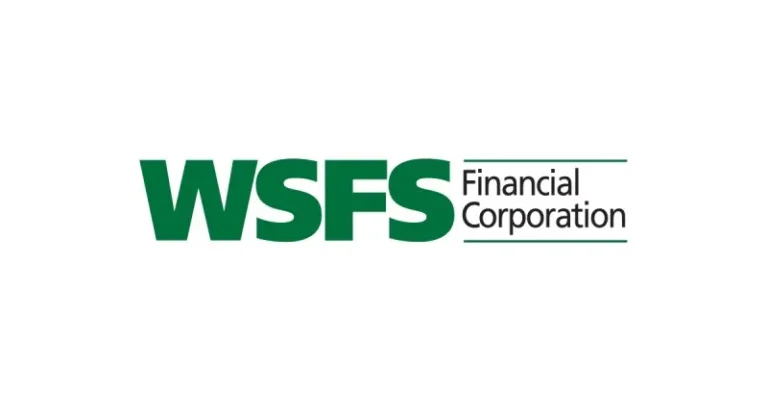
Home Prices Ease into Spring as Condo Markets Lead the Cooling Trend, Says ICE Mortgage Monitor
As the traditional spring home-buying season gets underway, signs are emerging that the housing market may be losing some of its heat. Intercontinental Exchange, Inc. (NYSE: ICE), a global leader in technology and data services, released its April 2025 ICE Mortgage Monitor Report, providing a revealing snapshot of where the U.S. housing market stands. Drawing from the newly enhanced ICE Home Price Index (HPI), the report shows that annual home price growth decelerated to 2.2% in March—evidence of a broad-based cooling in housing markets across the country.
This development is notable for both prospective buyers and real estate professionals alike, signaling a potential shift from the highly competitive and often overheated market dynamics witnessed over the past several years. In a period typically characterized by heightened market activity and price upticks, the data now suggest a moderating pace in home appreciation, particularly within the condominium segment.

Enhanced Data Tools Offer a Clearer Market Lens
The ICE Home Price Index has recently undergone significant upgrades, including the integration of same-month pricing trends and mid-month updates, giving it a leading edge in timeliness compared to other widely used home price benchmarks. These enhancements allow analysts and market watchers to obtain more granular and up-to-date insights into pricing trends as they unfold, rather than waiting several weeks or even months for traditional reports.
Additionally, ICE has expanded its data sources by incorporating MLS (Multiple Listing Service) closing records and daily loan-level data contributed by mortgage servicers. These improvements allow for more accurate analysis, especially in non-disclosure states, where pricing transparency has historically been limited. The enriched dataset now provides a far more comprehensive and timely picture of home price fluctuations across various segments and regions.
Cooling Trends Take Hold in 90% of U.S. Markets
According to Andy Walden, Head of Mortgage and Housing Market Research at ICE, the cooling of home prices is neither localized nor anomalous—it is a widespread phenomenon. “Analysis of ICE HPI data shows a broad-based cooling of home prices, with 90% of U.S. markets experiencing slower home price growth compared to three months ago,” Walden noted.
Two primary factors have contributed to this moderation:
- Improved Housing Inventory: Inventory levels are up 27% year-over-year, helping to restore some balance to supply and demand dynamics in many housing markets.
- Stabilized Mortgage Rates: After a period of volatility, mortgage rates dipped below 6.6% in early March and have since hovered between 6.6% and 6.7%. This relative stability has given potential buyers a bit more confidence in planning purchases.
Together, these trends are acting as a natural brake on runaway home price appreciation, especially in regions that had seen steep gains in recent years.
Condos Lead the Decline – First Drop in Over a Decade
Perhaps the most striking finding in the April Mortgage Monitor report is the significant softening in condo prices—marking the first annual decline in this segment in more than 10 years. According to ICE, condominium prices lagged behind single-family home price growth in 97 of the 100 largest U.S. markets. More than one-third of those markets experienced outright declines in condo values.
Florida stood out as the epicenter of this shift. Several metropolitan areas in the Sunshine State posted year-over-year drops in condo prices that were well into the negative:
- North Port, FL: -9.4%
- Lakeland, FL: -7%
- Tampa, FL: -5.8%
- Orlando, FL: -4.4%
- Jacksonville, FL: -4.4%
- Miami, FL: -2.8%
This downward trend in condo values can have a dual impact. For current condo owners, the erosion in property value may reduce home equity and potentially complicate refinancing or future sales. However, for would-be buyers—particularly first-timers or those seeking more affordable entry points—these declines offer a rare opportunity to enter the housing market at lower price points.
Florida’s Housing Market Faces a Perfect Storm
Florida’s softening home prices, especially in the condo sector, are not the result of market fatigue alone. A convergence of regional challenges has created a unique set of headwinds. These include:
- Back-to-back hurricanes, which have led to property damage and increased rebuilding costs.
- Skyrocketing property insurance premiums, making homeownership more expensive.
- Insurability challenges, particularly for older buildings and coastal properties.
- Slowing in-migration, reducing demand for new housing.
- A surge in new construction, contributing to a supply glut in certain areas.
Taken together, these factors have caused prices in most major Florida metro areas to dip, and they pose ongoing risks to the state’s housing market performance in the coming months.
Multifamily Completions Put Pressure on National Condo Markets
The challenges facing condos are not exclusive to Florida. Nationwide, a surge in multifamily housing completions is adding downward pressure to condo prices. This trend is particularly visible in metro areas that have aggressively expanded their multifamily housing stock. Key markets experiencing notable condo price declines include:
- Little Rock, AR: -6%
- Austin, TX: -5.6%
- Denver, CO: -3.9%
These markets exemplify how increased supply, coupled with evolving preferences and affordability challenges, is shifting the equilibrium in housing segments that were once red-hot.
Slight Improvements in Affordability Offer Some Relief
Despite the cooling in prices, home affordability remains a challenge in many parts of the U.S. However, the April report offers a glimmer of hope. According to ICE, 95% of U.S. markets have seen at least slight improvements in affordability compared to a year ago. This is driven by:
- Slower home price appreciation
- Slight declines in interest rates
- Rising inventory creating more buying options
These shifts may allow more prospective homeowners to enter the market or upgrade their current living situations, particularly if these trends continue through the remainder of the year.
A Market at a Turning Point?
As the 2025 home-buying season progresses, all eyes will be on how these early trends evolve. The combination of increased inventory, softening prices, and stabilized mortgage rates could herald a more balanced and buyer-friendly housing environment. However, macroeconomic variables such as interest rate policies, inflation, and consumer confidence will continue to influence both supply and demand.
For now, the ICE Mortgage Monitor paints a nuanced picture: one where challenges and opportunities coexist, and where data-driven insight remains essential for navigating the complex real estate landscape ahead.
If you’d like this broken into newsletter-style segments or adapted for a specific audience (e.g., investors, homebuyers, real estate agents), I can tailor it further.





